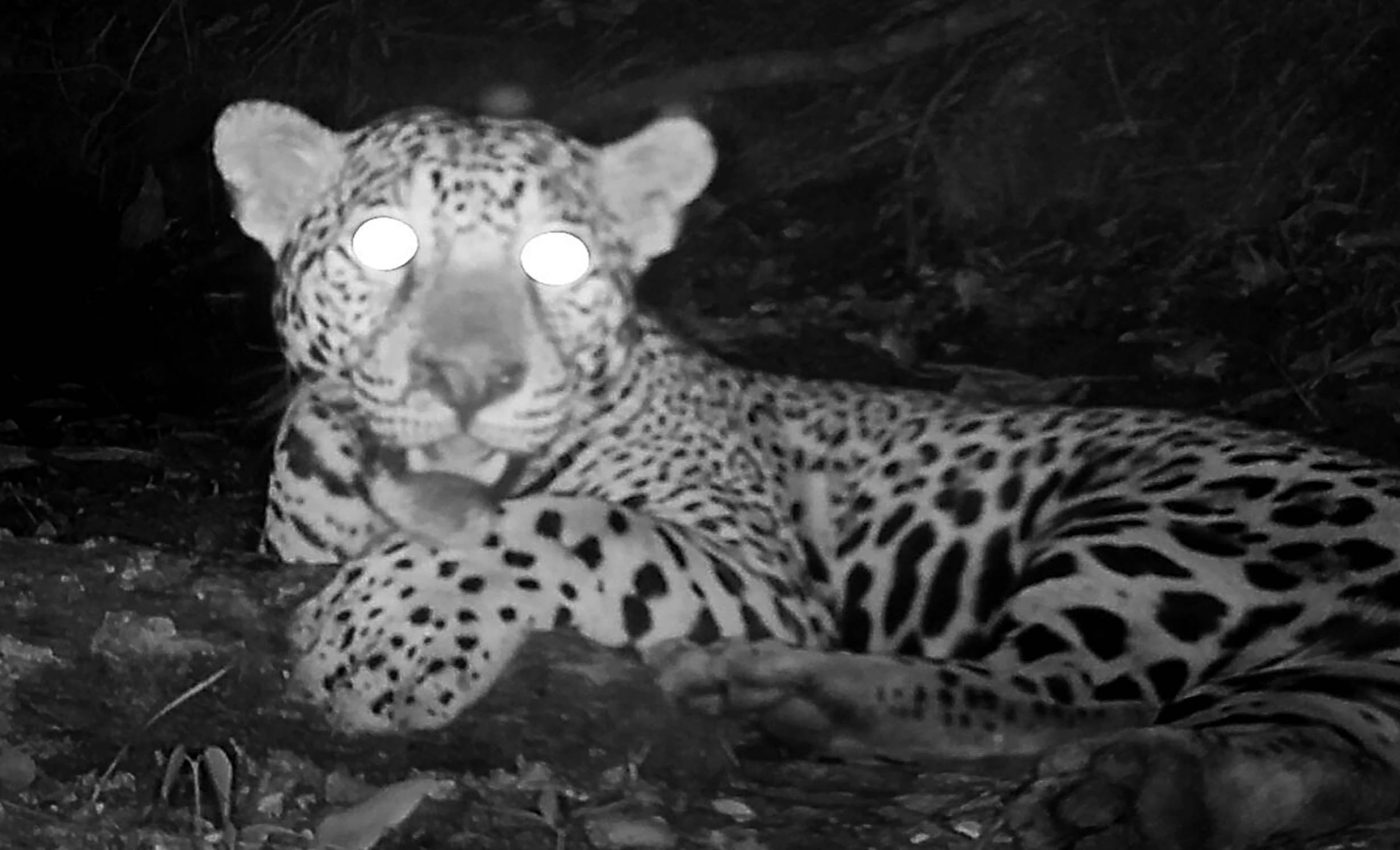
Hidden rainforest camera proves humans and wildlife can peacefully coexist
A forest can look alive from above and still be silent, with no footprints, calls, or creatures. Scientists even have a name for it: an “empty forest.” But not all forests follow that story.
In northern Guatemala, in the heart of the Maya Biosphere Reserve, a different kind of forest is showing signs of life – real life. It’s a place where humans and wildlife share the same land – and, surprisingly, it’s working.
Cameras caught more than just animals
A group of researchers wanted to understand how different conservation methods affect wildlife.
Do animals do better in areas where people are completely banned? Or can managed forests, where humans live, log trees, and hunt, still support wildlife?
To find out, the team set up more than 1,000 camera traps across about 580 square miles (1,500 square kilometers) of rainforest covering both strictly protected parks and a forest managed by a local community called Uaxactún.
The cameras were placed near waterholes, roads, and deep forest paths during two dry seasons.
Thousands of images came back, capturing 26 species of medium-to-large mammals and birds. Some of the animals were shy, while others were not.
Some animals, like jaguars and ocelots, seemed to own the night. One photo even caught a jaguar hunting an ocelot – something that had never been documented before.
A forest shared by humans and wildlife
When researchers looked at the photos, something stood out. The Uaxactún community forest – where residents log timber, hunt for food, and gather forest products – had nearly the same levels of animal diversity as the protected national park and wildlife preserve next door.
That’s rare. The Uaxactún community follows strict rules and holds a Forest Stewardship Council certification. That means their timber practices meet international standards for sustainability.
There is no clearing of huge patches or overhunting. The community has shown that it’s possible to keep a forest alive while still using it.
But it’s not perfect. Some animals keep their distance from humans. Vulnerable species like Baird’s tapirs, white-lipped peccaries, and great curassows stayed away from areas with high human traffic. They preferred the deeper, quieter parts of the forest.
Losing animals means losing the forest
On the flip side, smaller animals and even ocelots were sometimes more common closer to people – likely because they had fewer predators or competitors nearby.
Keeping animals in the forest isn’t just about nature watching. Large mammals like tapirs and peccaries play a big role in keeping the ecosystem healthy.
They help plants spread seeds, balance species, and even help forests store more carbon. That affects climate stability worldwide. When forests lose their animals, the whole system starts to break down.
A win for conservation – and community
The Uaxactun community didn’t just protect wildlife by accident. Their success is built on history, cooperation, and hard work. They have strong traditions tied to the forest, and they’ve built a management group that keeps outside threats – like cattle ranchers and illegal loggers – out.
They’re also part of the Association of Forest Communities of Petén, which gives them a stronger voice in politics and better access to government support.
Their commitment paid off. Early findings from this research helped them renew their forest concession, showing that they can balance conservation with everyday life.
“Uaxactun shows that when local people have the resources, the rights, and the will, community-based forest management can sustain robust populations of wildlife,” said Roan McNab, who was the Guatemala program director for the Wildlife Conservation Society at the time of the study.
Seeing what satellites can’t
You can’t spot a jaguar from space. You can’t see a forest’s heart – or hear its silence – with satellite images. That’s why the team behind the study insists on ground-level monitoring. Forests might look fine from above, but it’s the life inside them that tells the truth.
“Our goal was to see how different conservation strategies, strict protection versus managed use, are really working for the wildlife that live there,” said Daniel Thornton, associate professor at Washington State University and senior author on the study.
The Uaxactun forest isn’t just a patch of trees – it’s a living, breathing example of what’s possible when people are trusted to take care of their land, and do it right.
“These forests are beautiful, but also fragile,” said Lucy Perera-Romero, the study’s lead author. “The more we know about what’s happening inside them, the better we can protect them for everyone, people and jaguars alike.”
The full study was published in the journal Conservation Biology.
—–
Like what you read? Subscribe to our newsletter for engaging articles, exclusive content, and the latest updates.
Check us out on EarthSnap, a free app brought to you by Eric Ralls and Earth.com.
—–













